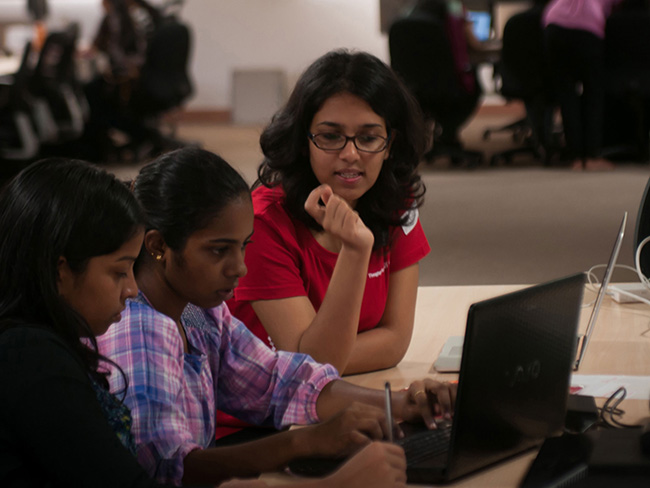
Let's Erase the Gender Pay Gap
Australia’s Workplace Gender Equality Agency recently launched a campaign focused on fixing the pay gap between men and women. This is on the back of news in August 2014 that the gender pay gap in Australia increased to 18.2%, the highest it has been in 10 years.
Thoughtworks has been profiled in a case study for the campaign, focusing on the steps we have taken to ensure pay equity. Our Australia MD, Ange Ferguson, has also been named as a CEO Ambassador for Pay Equity.

We are glad to see growing attention to this issue, but we know that like the rest of our industry, we have a long way to go. That said, we have taken a number of steps to ensure that we do our best to minimise the gap between what men and women are paid.
Firstly, we undertake an assessment of the salaries of men and women in similar roles and of similar experience levels, and correct any disparities. This is done every time salaries are reviewed in each country, usually once or twice a year. From time to time we also seek a review from external agencies.
Secondly, we have a review board of senior Thoughtworks global leaders who look at all our salary changes and provide an independent view. They review the salary changes by gender and raise any issues immediately.
From time to time we have changed salaries based on these reviews, and have learned from the experience.
Of course, only directly comparing women and men in the same roles can be dangerous. Unconscious biases can lead to men and women being promoted at different rates, or not being given opportunities for development. Women are sometimes steered into roles that are less lucrative and discouraged from being bold in their ambitions.

To that end, Thoughtworks also focuses on ensuring that we have a good mix of men and women in the company across all roles and levels. In the technology industry this can be an uphill battle, but over recent years we have managed to increase the percentage of women in our global professional services team to close to 35%.
We also take steps to ensure that women are given equal access to leadership roles. For the past three years we have run a global leadership development program for women and several more women have joined our global leadership teams. However, we recognise there is still an imbalance in the leadership team and we are looking at new ways to attract and promote women.
There is always much more to be done and we are always looking for opportunities to change ourselves and our industry. Thoughtworkers around the world, for example, mentor girls and women through organisations like Black Girls Code, Rails Girls, Technovation, and many, many more.
We also think it is critical to develop the culture of talking about the problem. For example, the Brazil Gender Justice Group, a Thoughtworks group that promotes justice in an attempt to make the technology industry better for all of us, posted prominently the 47 Items of the Male Privilege Checklist to inspire conversation and change. It worked.
All Thoughtworkers are expected to be familiar with issues affecting women, particularly in their country. By discussing problems such as the gender pay gap regularly and publicly, we help ensure that we all contribute to the solution.
While we believe that the future holds promise of a balanced, positive environment for women in IT, we have a long way to go -- both here at Thoughtworks, and in this industry. We are passionate about “changing the face of IT”, and have found success in steps like salary assessments, active backing of groups that support girls and women in tech, access to leadership roles and continued, encouraged conversations about the problem.

We will continue these initiatives, and constantly challenge ourselves to find new ways to bring about positive change: can we be doing more? Should we expect more of ourselves and our industry? The answers to these questions, for the foreseeable future, are both yes.
In the meantime, we look forward to watching the scales tip towards true equality and new percentages: a 0% pay gap between genders, and a 50/50 gender balance of IT professionals.
Disclaimer: The statements and opinions expressed in this article are those of the author(s) and do not necessarily reflect the positions of Thoughtworks.














